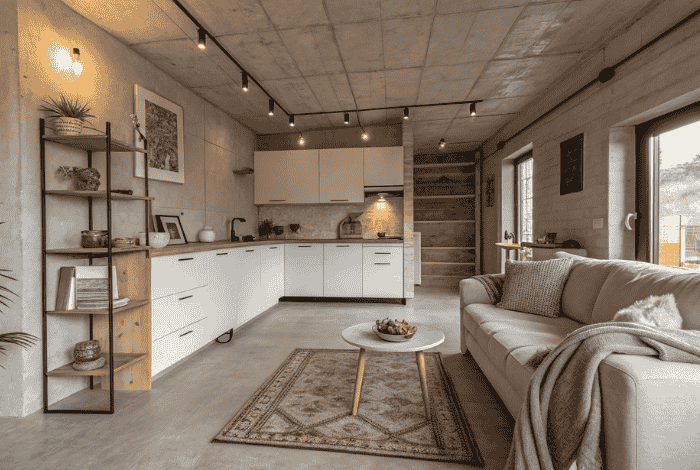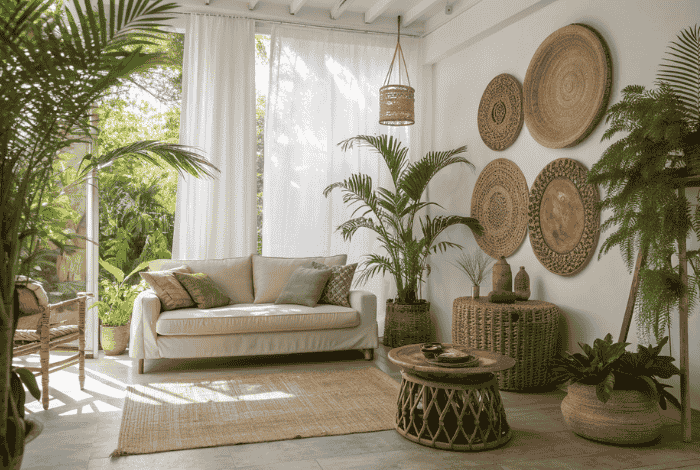If you want to plant something that will fill your yard with vibrant flowers, consider zinnias. This type of flower is cheerful and blooms in color within a few weeks.
The thing I like most about zinnias is that they also attract many butterflies. Let's find out how to grow zinnia flowers right away!
How To Grow Zinnia From Seeds
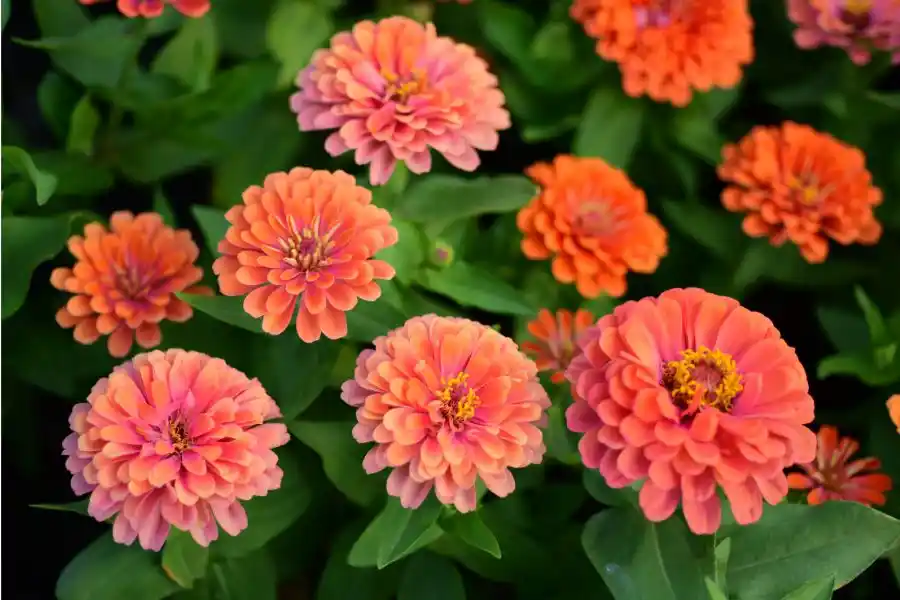
I love zinnias so much because they are super easy to grow from seeds. And honestly, anyone can plant them – no need to be an expert gardener.
You just need to make sure the soil for zinnias is warm and frost-free. All you need to do is scatter your seeds on the ground, cover them lightly with soil, and then water them.
If you want to see those bright and pretty blossoms earlier, you can plant zinnia seeds indoors first. The best time is about 4 to 6 weeks before the frost. Then, when spring comes, your seedlings will be ready to go outside.
| Useful Tip: For good airflow, set rows about 12 inches apart. Seeds or seedlings in the beds should be roughly 6 inches apart. |
Everything You Need To Know When Growing Zinnias
Believe me – Those beautiful zinnias will never disappoint you. In the next section, I will tell you some tricks on how to grow zinnia flowers that others won't tell you.
General Information About Zinnia
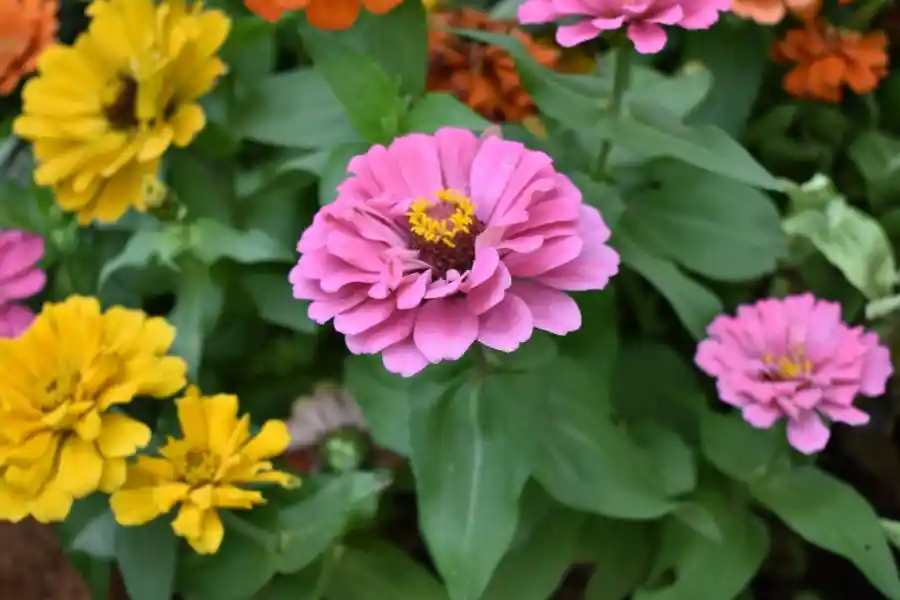
Bright and beautiful Zinnia flowers are native to Central America and the land of Mexico. These days, you can see some zinnias up to 3 feet tall, while some are small at only 6 inches.
However, keep in mind that zinnias are annuals. This means that they will bloom for a season before fading away as the weather turns chilly.
Zinnias thrive in mixed flower gardens or sunny borders. You can even plant smaller varieties indoors in pots or containers. Just wait until your last frost has passed before planting.
Pro Tip: To maintain color well into late summer, space out new seedings every week or two.
| QUICK LOOK | |
| Botanical Name: | Zinnia elegans |
| Mature Size: | 1-3 feet |
| Sun Exposure: | Full |
| Temperature: | 74°F – 84°F. |
| Maintenance: | Low |
| Soil Type: | Well-draining |
| Soil pH: | 5.5 – 7.5 |
| Bloom Time: | Summer to Fall |
| Seeds to Bloom: | Around 90 days |
| Color: | Pink, purple, lavender, yellow, orange, red, green, white |
| Hardiness Zones: | 2-11 |
| Grow: | Seeds, dividing mature plants, taking cuttings |
Light

One thing I've discovered about zinnias is how much they love the sun. These flowers naturally seek out full, bright sunlight because they are native to the warm regions of Mexico and Central America.
So, the more sunlight you give them, the more blossoms you'll get. I always plant mine in areas that receive at least 6 to 8 hours of direct sunlight each day. This helps to keep the leaves dry and the flowers healthy.
| Pro tip: Zinnias really shine in full afternoon rays. But if you have an area that receives morning sun, that's better than nothing. |
Water

Zinnias don't need much watering. These hardy little plants can withstand drought very well. I only water them when the soil feels bone dry about an inch down.
If you're using poor soil, simply mix in some compost before planting. This provides them with a good start without too much fuss.
| A Small Tip: Water zinnias at the base of the plant rather than the leaves. This will help prevent powdery mildew. |
Temperature

Zinnias grow best when the temperatures are roughly 74°F – 84°F. So, I always wait until the weather gets warm before sowing seeds outside.
If you love to plant zinnias indoors, make sure they can get plenty of warmth and sunlight.
Soil

The best part is that zinnias don't care what kind of soil they grow in. They always manage to put up a show, even though I've grown them in different environments.
However, fertile, well-drained soil is the best option if you want lush, vigorous plants that blossom continuously. You can mix in some compost to the soil to keep it light and rich for growing zinnias.
Keep in mind that zinnia seedlings can rot if the soil is wet and cold. As a result, always ensure that your garden bed stays dry.
Fertilizer
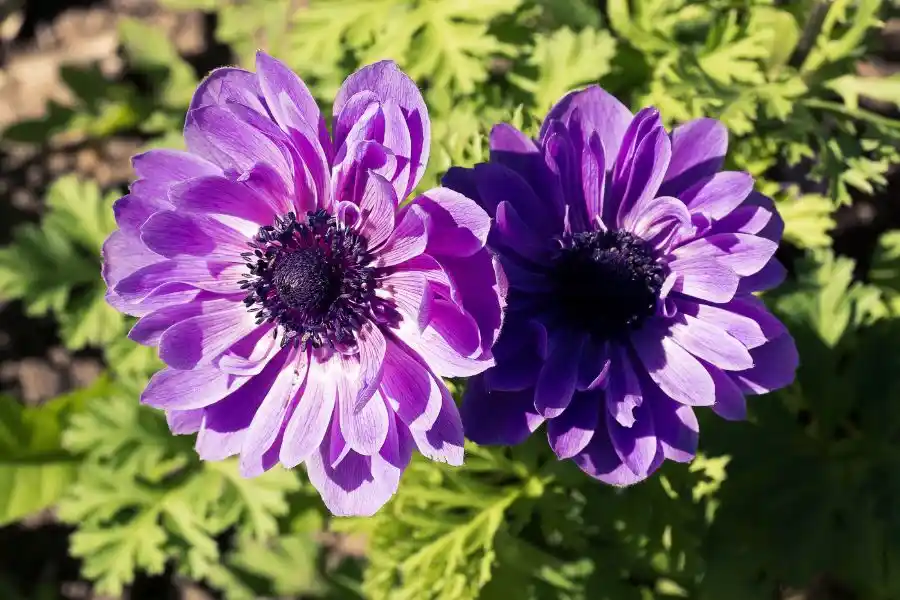
Another reason I adore zinnias? They don’t need much feeding. A balanced fertilizer with equal parts phosphorus, nitrogen, and potassium is perfect.
When the plants are about 6 inches tall, I usually give them a tiny sprinkle, and that's it for the season.
You can use any high-quality all-purpose fertilizer from your neighborhood garden center.
Propagation
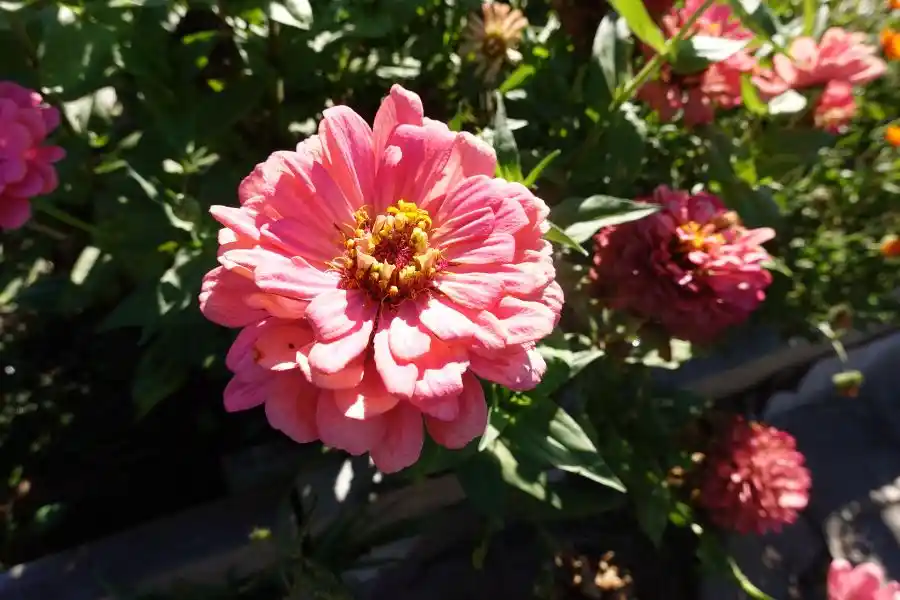
You can multiply zinnias by dividing mature plants or taking cuttings. Snipping a healthy stem, popping it into moist soil, and watching it root in no time.
It’s a fun, easy way to keep your favorite colors or varieties going for another season, especially since zinnias are annuals.
| Pro Tip: You can grow zinnias with marigolds, calendulas, and vegetables to draw pollinators (such as bees & butterflies) & other beneficial insects. |
Deadheading & Pruning
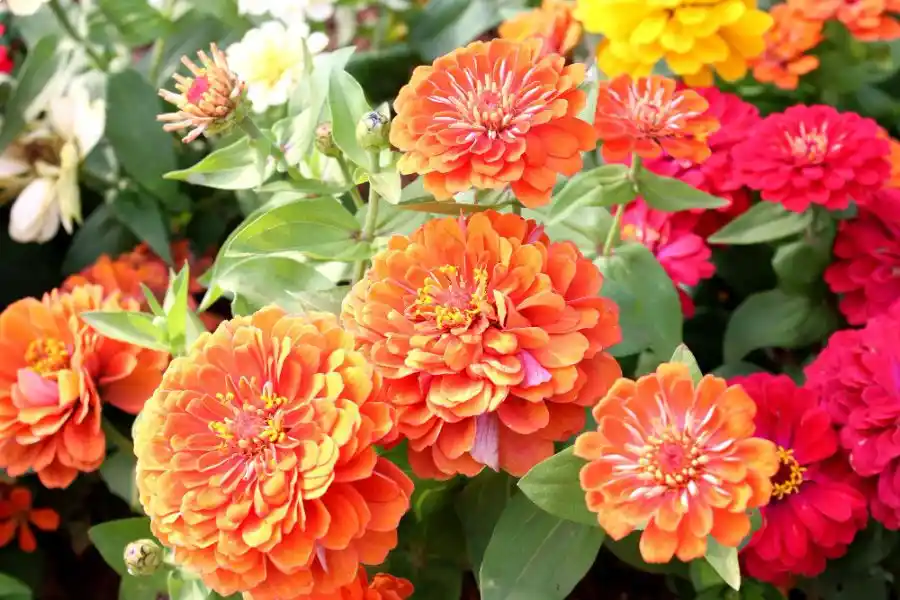
Want your zinnias to keep blooming profusely? Deadheading is essential. I always cut those faded flowers off once they look a little tired. It's garden magic—The more you prune zinnias, the more they will bloom!
Additionally, you can begin trimming your zinnias to promote bushier, fuller plants when they reach about 8 and 12 inches tall.
| Keep In Mind: Cut about 4 inches down from the top leaves by using a pair of clean and sharp shears. Do this early in the morning, just before the heat rises. |
Are Zinnias Toxic?
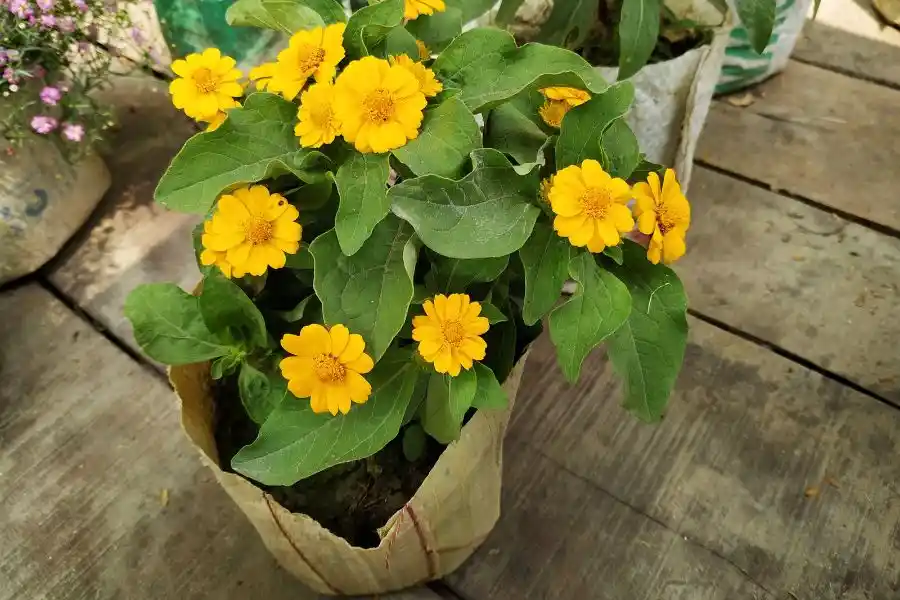
The good news is that zinnias are completely non-toxic. So, you can grow them around your yard without worrying about your curious pets or playful kids.
Last Words
So now, you know how to grow zinnia. Those bold and colorful blossoms are unbelievably easy to plant and care for. So, what are you waiting for but to get some zinnia seeds and let those little flowers surprise you?

